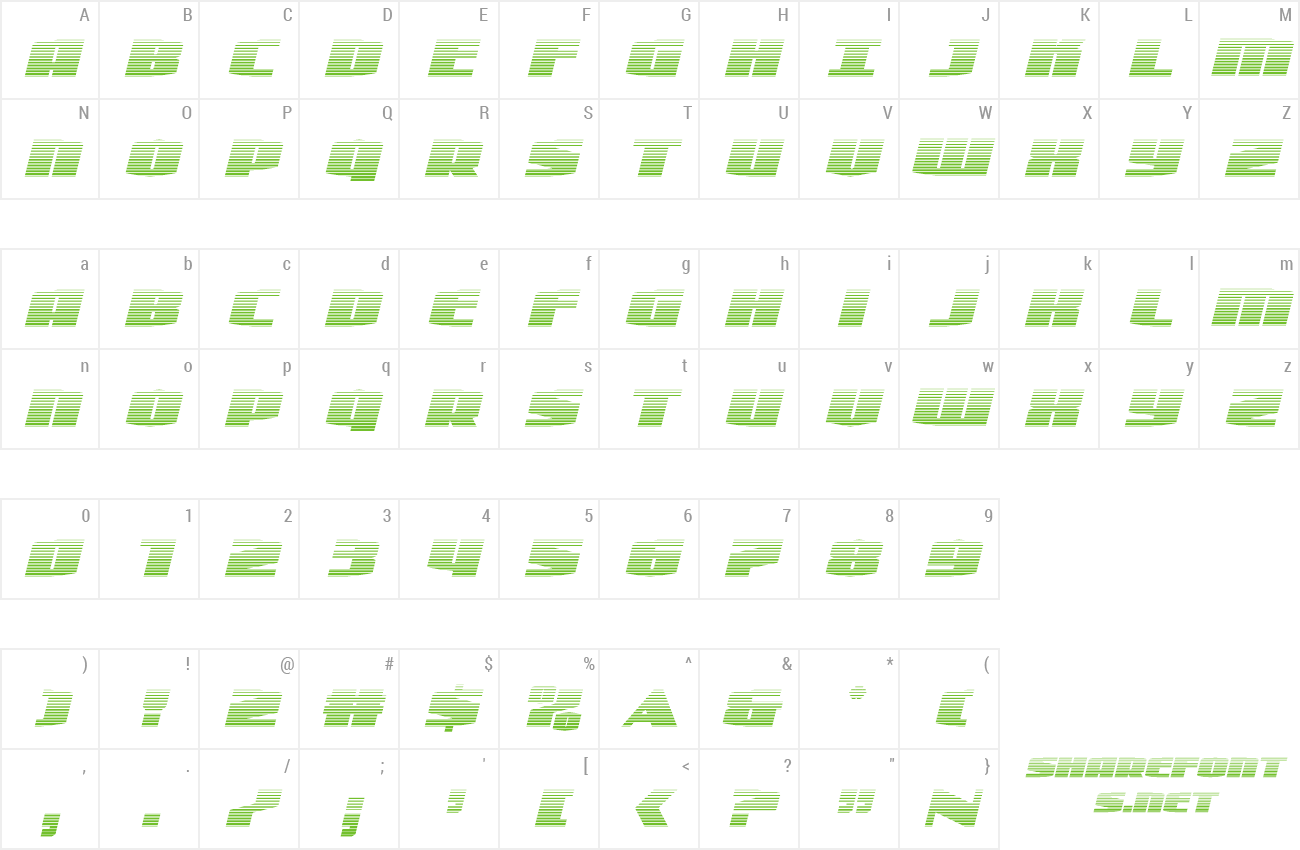

Data engineers and scientists can use this option to add new columns to their existing machine learning production tables without breaking existing models that rely on the old columnsĮfficient data format: All the data in data lake is stored in Apache Parquet format enabling delta lake to leverage compressions and encoding of native parquet format Most commonly, it’s used when performing an append or overwrite operation, to automatically adapt the schema to include one or more new columns. Schema Evolution: Schema evolution is a feature that allows users to easily change a table’s current schema to accommodate data that is changing over time. Ensures that data types are correct and required columns are present preventing invalid data and maintaining metadata quality checks Delta Lake validates the schema before updating the data. Schema Enforcement: This feature is also called Schema Validation. Delta Lake brings transactional features that follow ACID properties which makes data consistent.ĭata Versioning: Delta Lake maintains multiple versions of data for all the transactional operations which enables developers to work on the specific version whenever required.


This will lead to an issue in the data integrity due to a lack of transaction features in Data Lake. Delta Lake brings additional features where Data Lake cannot provide.ĪCID transactions: In real-time data engineering applications, there are many concurrent pipelines for different business data domains that operate on data lake for concurrent operations that reads and updates the data. In real-time systems, a data lake can be an Amazon S3, Azure Data Lake Store/Azure Blob storage, Google Cloud Storage, or Hadoop Distributed file system.ĭelta Lake acts as a storage layer that sits on top of Data Lake. Delta Lake is an open source release by Databricks that provides a transactional storage layer on top of data lakes.


 0 kommentar(er)
0 kommentar(er)
